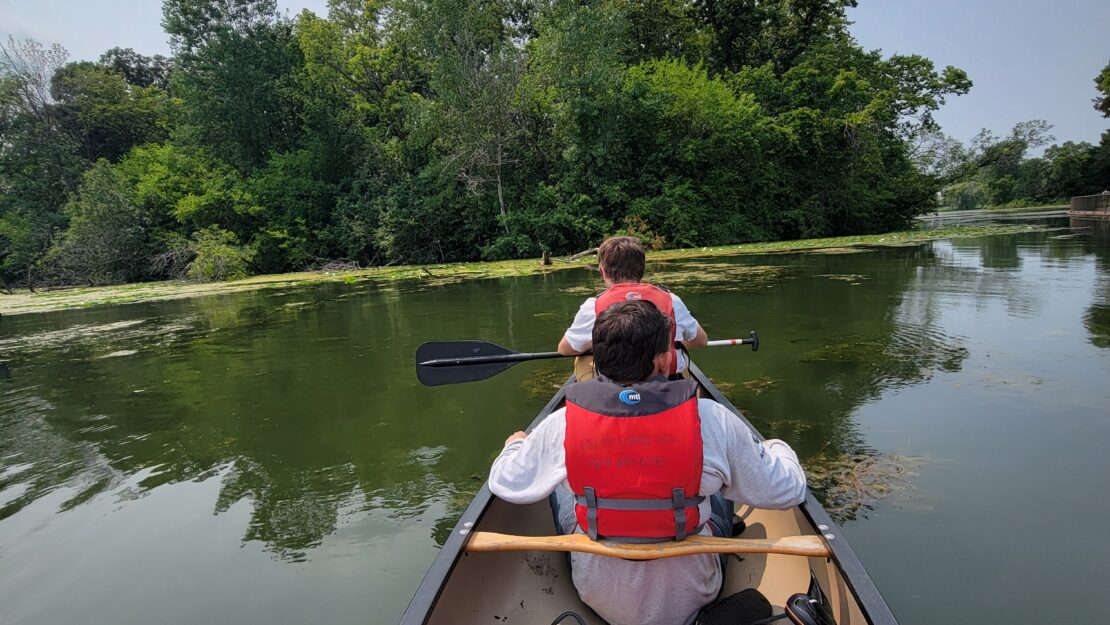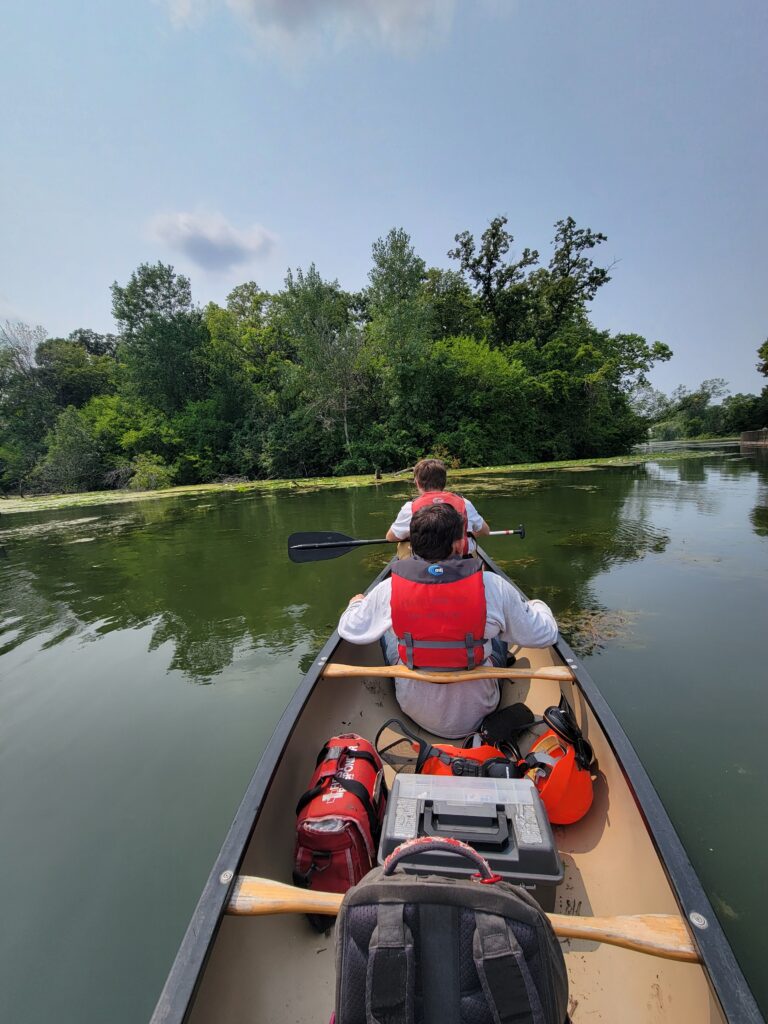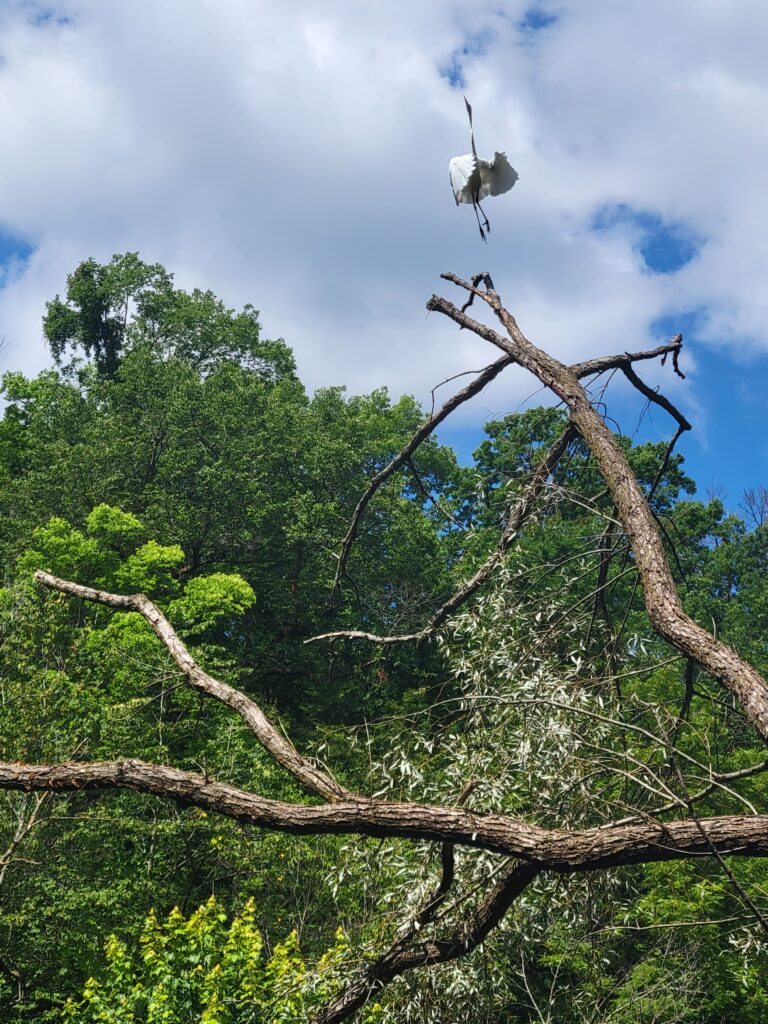Accessible Parks

By Hannah Heiss, Outdoor Education Y02 Crew Member / AmeriCorps Member
In my humble opinion, there is almost nothing better than meeting friends for a picnic and a walk in a local park. People-watching (and dog-watching, of course), hammocking, or biking along a lake are all great ways to spend an evening. Urban parks are vital because they provide a place to do these things that is public and accessible. They are one of the last free third spaces (a social space that is not home or work—think the mall or the library) available, which makes them especially important for kids and in low-income communities.

There are a couple Minneapolis-based CCMI crews. We get to spend our time in forests, prairies and lakes throughout the city every day. There is a huge number and variety of parks, so we tend to be pretty busy. The park system in Minneapolis was recently rated second in the country (St. Paul was third!). It makes sense then, that so many people in Minneapolis are extremely invested in their local parks, whether it’s a simple mowed lawn with basketball hoops and a playground, or a restored prairie. No matter where in Minneapolis we are working on a given day, at least a handful of people will stop to ask what we are working on, how it’s going and share their own experiences in the parks.

Even though 99% of Minneapolis residents currently live within a ten-minute walk of a park, that has not always been the case. Redlining, racial covenants, and disproportionate investment created an “unequal park system.” These discriminatory practices have also affected the amount of tree cover, and ultimately the temperature in neighborhoods. Urban parks are community spaces and equitable access to quality parks is an environmental justice issue. In Minneapolis we are lucky to have convenient access to beautiful rivers, lakes, prairies, forests, and other outdoor recreation areas, and can always do more to improve quality and access.
